When compare Hestan NanoBond vs Carbon Steel, they’re not just comparing two pans. They’re comparing two completely different cookware categories:
- Hestan NanoBond: A luxury stainless-titanium hybrid, engineered in Italy and sold in the U.S. as one of the most advanced stainless lines ever made. It’s designed for durability, precision, and resistance to heat, tarnish, and scratches.
- Carbon Steel: A centuries-old material used in French bistros, steak houses, and backyard grills. It’s simple, affordable, incredibly durable, and develops a natural non-stick patina with proper care.
Both can deliver world-class cooking results in kitchens, but the right choice depends on your cooking style, maintenance tolerance, and budget.
🏭 Origins and Heritage
Hestan NanoBond
- Founded: Hestan Culinary, Napa Valley, California (2015).
- Manufacturing: Italy.
- NanoBond technology:
- Stainless steel fused with 14,000 titanium nano-layers.
- Creates a surface 400% harder than stainless.
- Safe up to 1050°F (higher than any home oven or grill).
- Market Position: Ultra-luxury cookware designed for chefs and serious home cooks who want performance with zero compromise.
Carbon Steel
- Origin: Used for hundreds of years in Europe.
- Brands: de Buyer (France), Matfer Bourgeat (France), Lodge (U.S.), Made In (U.S./France).
- Material: Iron with 1–2% carbon.
- Why it matters: Stronger than stainless, lighter than cast iron, capable of extreme heat.
- Market Position: Affordable, practical, and favored by restaurants for searing and stir-fry.
📌 Key difference: NanoBond is a tech-driven luxury material, carbon steel is time-tested tradition.
⚙️ Construction & Metallurgy
| Feature | Hestan NanoBond | Carbon Steel |
|---|---|---|
| Core structure | Multi-ply stainless with titanium nano-coating | Single-ply carbon steel sheet |
| Surface hardness | 400% harder than stainless | Softer surface, relies on seasoning |
| Heat tolerance | Up to 1050°F | Up to ~1200°F |
| Reactivity | Non-reactive with acids | Reactive until seasoning builds |
| Thickness | 2.5–3 mm (varies by piece) | 2–3 mm (depending on brand) |
| Longevity | 20–30 years looking nearly new | 20–50 years if maintained |
📌 Professional note: NanoBond is built to stay pristine. Carbon steel is built to evolve with use.
🔬 Heat Science and Thermal Behavior
Hestan NanoBond
- Evenness: Multi-ply stainless distributes heat uniformly across the pan.
- Responsiveness: Very fast; reacts almost instantly to burner adjustments.
- High-heat tolerance: Safe above 1000°F; perfect for gas ranges and broilers.
- Ideal use cases: Sauce reductions, delicate proteins, tomato-based dishes, and general-purpose sautéing.
Carbon Steel
- Evenness: Prone to hot spots unless fully preheated.
- Responsiveness: Slower than NanoBond; closer to cast iron.
- High-heat tolerance: Can handle open flames, pizza ovens, and grills — even above 1200°F.
- Ideal use cases: Steakhouse searing, wok cooking, pancakes, omelets.
📌 Key takeaway: NanoBond = control and consistency. Carbon steel = raw searing power.
🧑🍳 Cooking Performance in Real Kitchens
| Task | Hestan NanoBond | Carbon Steel |
|---|---|---|
| Steak searing | Perfect crust without staining the pan | Best-in-class crust, natural seasoning adds flavor |
| Frying eggs | Good release with oil, easy to clean | Nearly non-stick once seasoning builds |
| Sauce making | Extremely precise, no reactivity with wine/tomatoes | Risk of metallic flavor unless well seasoned |
| Stir-fry | Performs but heavier, less agile | Excels — woks are traditionally carbon steel |
| Tomato sauce | Totally safe | Strips seasoning, can taste metallic |
| Slow braise | Stable and predictable | Works, but sticking risk if seasoning is weak |
📌 Performance split: NanoBond dominates with acidic foods and delicate sauces. Carbon steel wins for searing and stir-fry.
🧼 Cleaning and Maintenance
Hestan NanoBond
- Dishwasher safe (rare for premium stainless).
- Stain, tarnish, and scratch resistant.
- No seasoning required.
- Always looks close to new.
Carbon Steel
- Not dishwasher safe.
- Must be hand-washed, dried, and oiled.
- Builds non-stick patina over months/years.
- Rusts if neglected.
📌 Maintenance split: NanoBond = effortless upkeep. Carbon steel = commitment required, but rewarded with natural non-stick.
💵 U.S. Pricing (2025 Market Data)
| Item | Hestan NanoBond (Avg) | Carbon Steel (Avg) |
|---|---|---|
| 10” Fry Pan | $220–$300 | $40–$100 |
| 12” Fry Pan | $300–$380 | $60–$120 |
| 10-Piece Set | $1,999–$2,499 | Not typical (sold piece by piece) |
📌 Price framing: NanoBond is 5–6x more expensive upfront. Carbon steel is entry-level accessible.
📉 Long-Term Value
- NanoBond: $2,000 ÷ 20 years = $100/year. Always looks new, almost zero upkeep.
- Carbon Steel: $80 ÷ 20 years = $4/year. Extremely cheap, but requires seasoning and care.
Professional view:
- NanoBond = low-maintenance luxury investment.
- Carbon steel = high-maintenance workhorse bargain.
📊 Case Study: Kitchen Use
Family of 4 in Boston:
- Needs easy-to-clean cookware for tomato sauces and pasta.
- Hestan NanoBond wins — non-reactive, dishwasher safe, low fuss.
BBQ Enthusiast in Texas:
- Searing ribeyes on a backyard charcoal grill.
- Carbon steel wins — pan can handle direct flames, develops unbeatable crust.
NYC Apartment Chef:
- Wants one skillet for everything, from eggs to stir-fry.
- Carbon steel wins — affordable, versatile, develops non-stick patina.
Luxury Home in California:
- Wants cookware that matches marble countertops and chef’s kitchen design.
- NanoBond wins — aesthetics, performance, and durability justify premium.
👨🍳 Buyer Profiles
- Choose Hestan NanoBond if:
- You want cookware that’s non-reactive, pristine, and low-maintenance.
- You cook lots of sauces, braises, and tomato-based dishes.
- You value aesthetics and durability in a luxury kitchen.
- Choose Carbon Steel if:
- You love searing, stir-frying, and high-heat cooking.
- You’re comfortable seasoning and maintaining pans.
- You want pro-level results at an entry-level price.
📊 Final Comparison Table
| Feature | Hestan NanoBond | Carbon Steel |
|---|---|---|
| Brand | Hestan Culinary (2015, Napa Valley, CA) | Used for centuries, global brands |
| Manufacturing | Italy | France, U.S., China |
| Material | Stainless + titanium nano-coating | Iron + carbon (~1–2%) |
| Heat responsiveness | Very fast, precise | Slower, but retains heat |
| Durability | Looks new for decades | Patina builds with age |
| Maintenance | Dishwasher safe, zero fuss | Requires seasoning and oiling |
| Non-stick ability | Good with oil, stainless-like release | Becomes naturally non-stick over time |
| Price (10” pan) | $220–$300 | $40–$100 |
| Best for | Luxury kitchens, precise sauce work | Searing, stir-fry, budget cooking |
✅ Professional Verdict
- Hestan NanoBond is ideal for luxury kitchens and serious cooks who want high-performance stainless that never tarnishes, cleans easily, and performs beautifully with delicate sauces and acidic foods. It’s cookware designed for precision and convenience.
- Carbon Steel is ideal for grillers, stir-fry fans, and practical home cooks who want restaurant-level searing power for a fraction of the cost. It requires seasoning and care, but rewards you with natural non-stick and lifetime durability.
📌 Bottom line:
- Buy NanoBond if you want stainless steel 2.0 — pristine, precise, and effortless.
- Buy Carbon Steel if you want old-school power and don’t mind a little extra work.
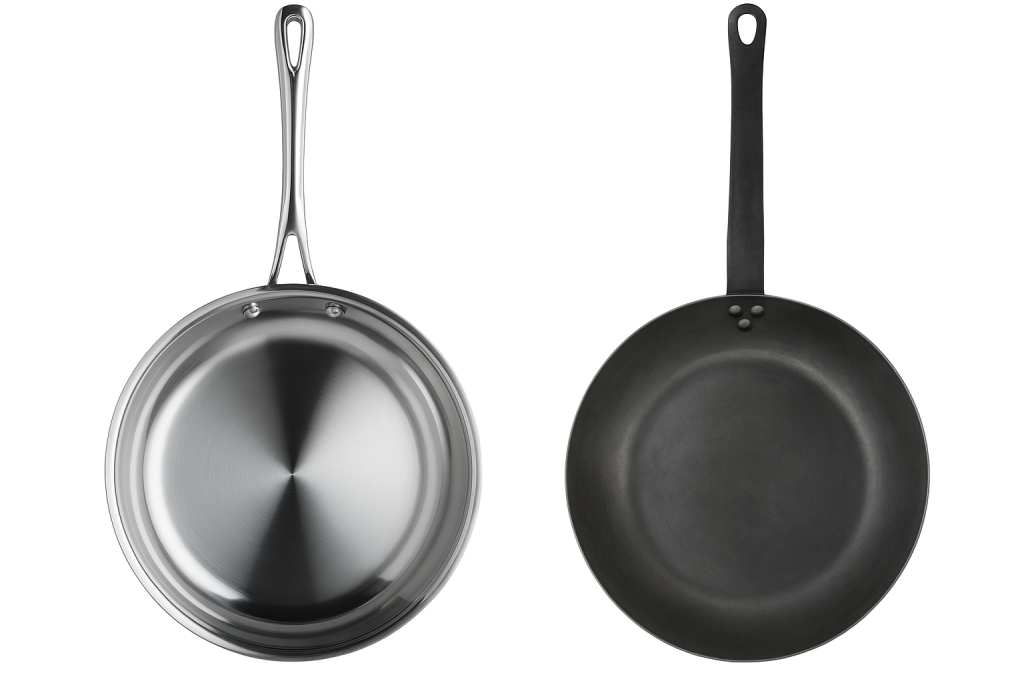

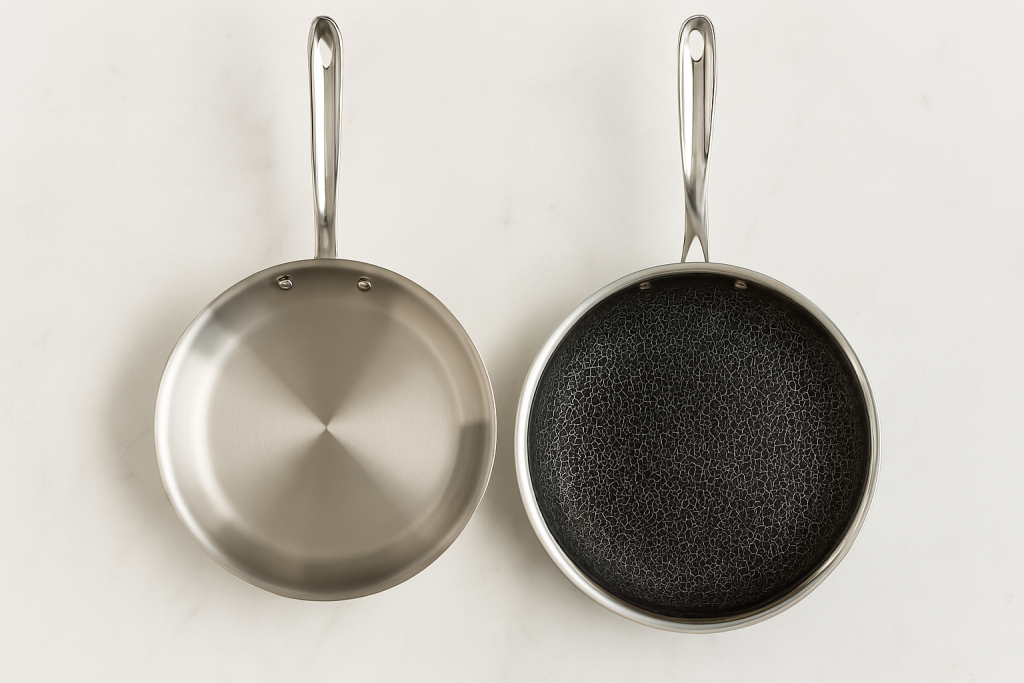
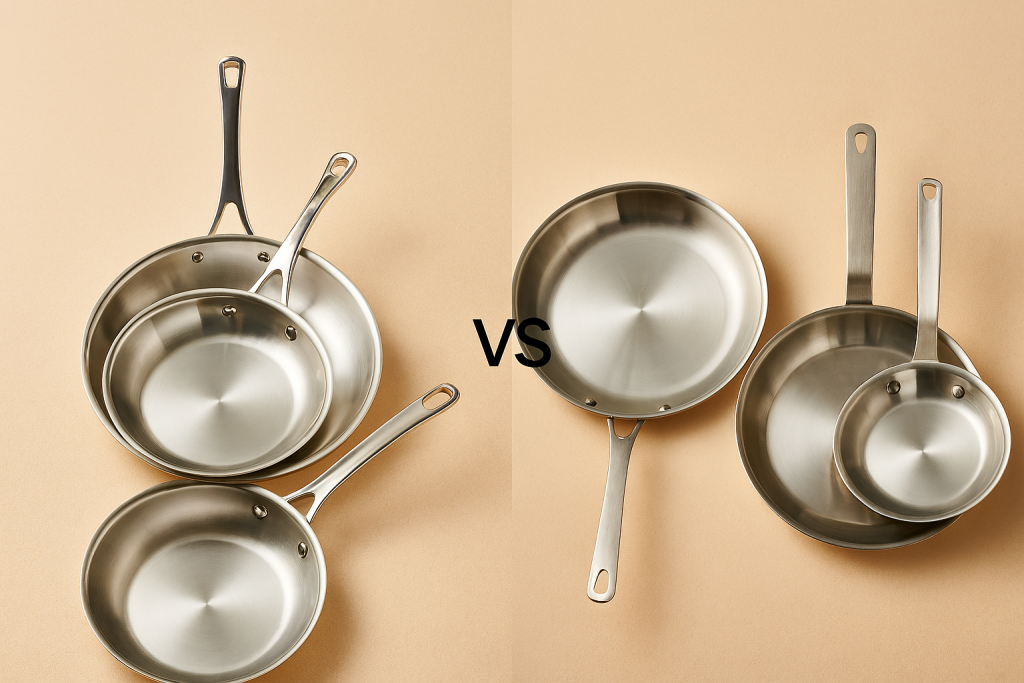
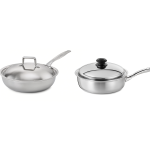

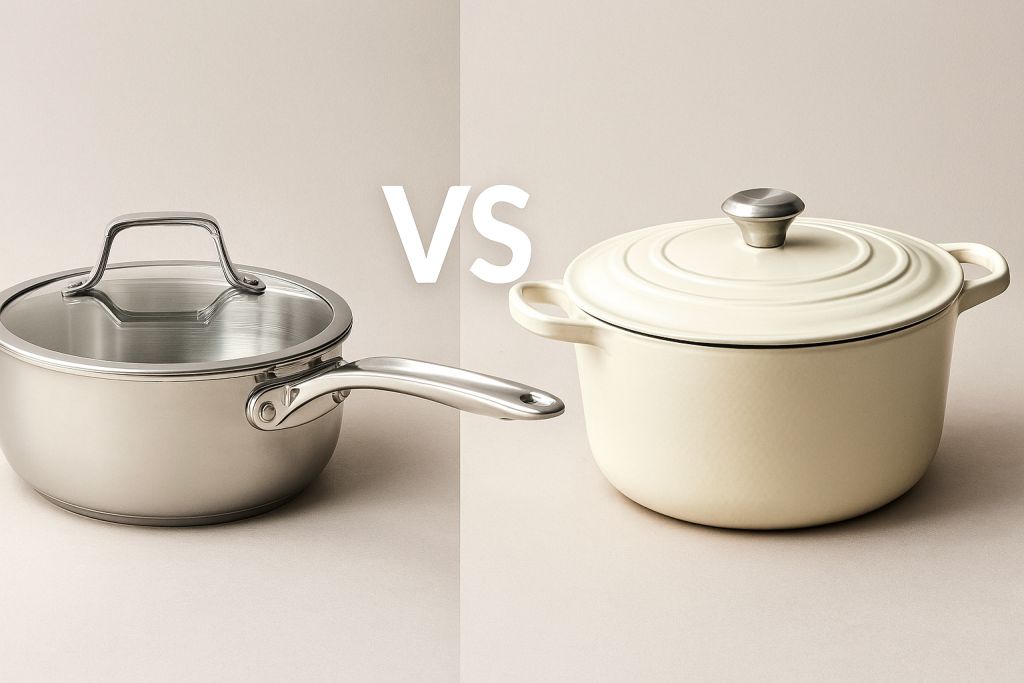

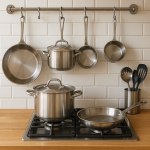

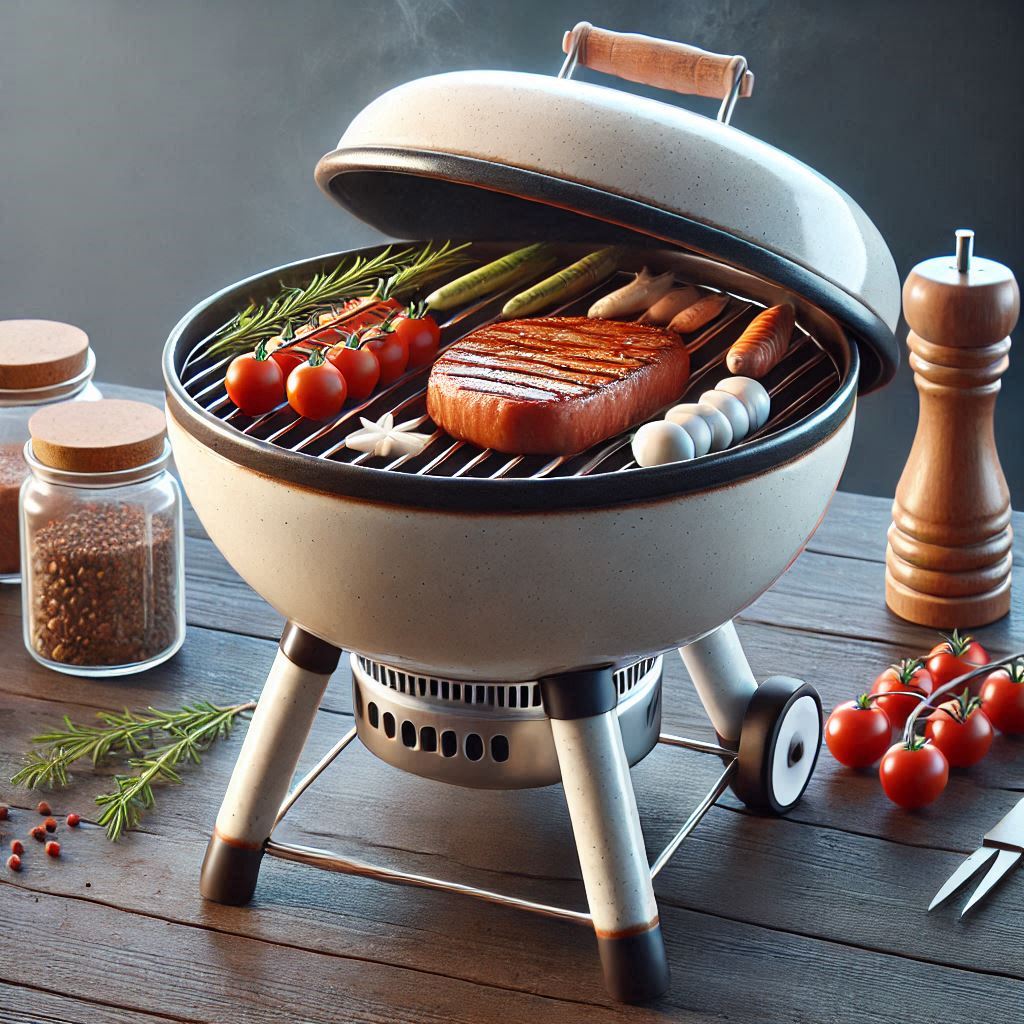

Leave a Reply